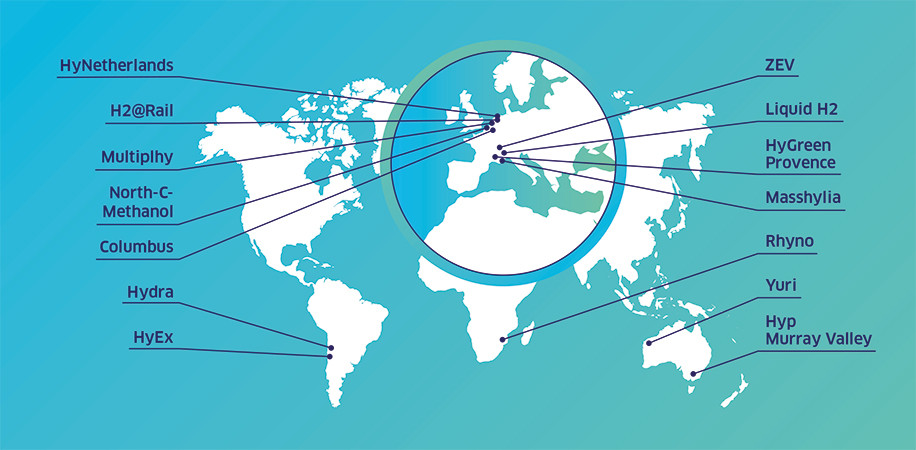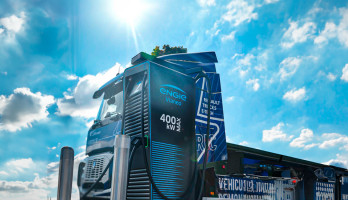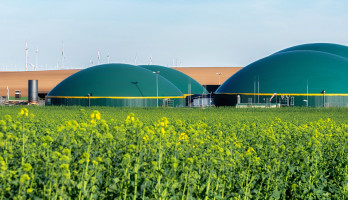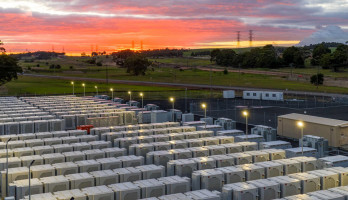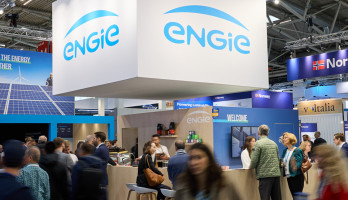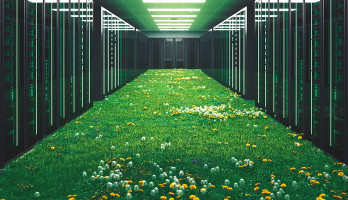
Green hydrogen - local demand thought globally
The energy transition is like the pension gap. It is clear that something will be missing in the future, but how and with what the gap will be filled is still open. In terms of climate change, for example, the question of what our energy mix will look like in 2045 and beyond remains an exciting one. It is clear that renewable energies and key technologies such as green hydrogen will be involved. But who will then produce these energy sources and will they be sufficient? Using green hydrogen as an example, current figures and forecasts provide an excellent overview.
Hydrogen demand in Germany and expansion targets
Hydrogen plays a key role in the energy transition and is considered a versatile energy carrier and potential climate saver. According to industry experts, hydrogen technology represents a crucial building block for decarbonizing the economy. Hydrogen is one of the most important industrial raw materials with a wide range of applications. Hydrogen is indispensable in a wide variety of areas. This includes the manufacture of plastics as well as the production of magarine.
According to the German Federal Ministry for the Environment, Nature Conservation, Nuclear Safety and Consumer Protection (BMUV), Germany alone would consume 55 TWh of hydrogen in 2020. However, the "gray" hydrogen used there has little to do with decarbonization, as it is produced from natural gas. As is well known, this produces greenhouse gas emissions and stands in the way of a successful energy transition.
The situation is quite different with so-called "green" hydrogen. This is a climate-friendly production process in which the energy carrier is obtained from water using an electrolysis process. This is fossil-free. All that is needed for electrolysis is electricity from renewable sources.
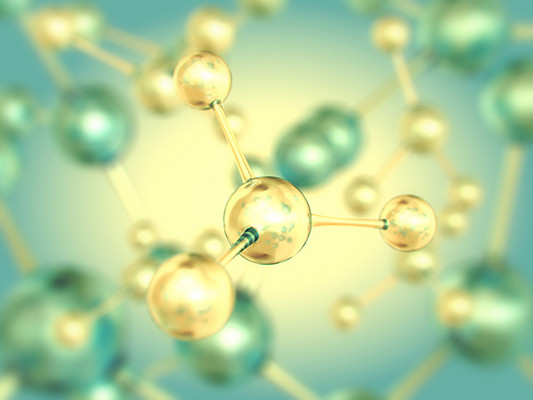
Green hydrogen: electrolysis on the rise
Due to the growing demand for hydrogen in the mobility sector, the substitution of natural gas in industry and the need to establish other sustainable energy sources in addition to hydropower, photovoltaics and wind power, the demand for green hydrogen will increase significantly in the future. According to a forecast by the German Energy Agency (dena), there will be a demand for approximately 90 to 110 TWH of hydrogen by 2030. This corresponds to an electrolysis capacity of about 40 GW. Since the maximum generation capacity in Germany is only about 13 GW, this demand cannot be met by domestic production. For the year 2045, the demand is estimated at approx. 458 TWH. This also takes into account the "reverse power generation" approach for hydrogen. That is more than eight times as much as today. But where is all this hydrogen going to come from?
Hydrogen production in Germany
In the future, Germany's hydrogen needs cannot be met exclusively by domestic production facilities. According to the German government's National Hydrogen Strategy, however, at least part of it is to be covered by German production sites. The plan is to expand electrolysis capacity by 10 GW by 2030.
If it is assumed that the expansion targets of the German government are met (10 GW by 2030), there is a supply gap of at least 30 GW of installed electrolysis capacity. This hydrogen will have to be imported.
The hydrogen worldwide and solutions from ENGIE
So to meet hydrogen targets, we need to roll up our sleeves. Ambitious players in the energy sector are already setting the course to ensure that we will have no shortage of hydrogen in the future. With outstanding European and international showcase projects, ENGIE and its subsidiaries Storengy and Tractebel are helping to secure future hydrogen supplies.
In electrolysis, a good three-quarters of the production costs are electricity. But energy prices are high in Central Europe and especially in Germany. Hydrogen production therefore makes much more sense in other countries. Higher availability at low cost and thus more favorable production conditions are success factors for the energy carrier. This is why ENGIE invests primarily in the so-called "sweet spots". These are countries in the global south in particular, such as the west of South America, South Africa and Australia. But ENGIE is also active in the European region with hydrogen projects to contribute to security of supply - for example in France and the Netherlands.
Currently, around 200 employees in more than ten countries are working on more than 70 hydrogen projects. "HyNetherlands", for example, will create a hydrogen hub for Europe with a production capacity of 11,800 tons per year. The "Yuri" project in Australia is creating a power-to-X application that will produce green hydrogen for fertilizer production and also offer export capacity.
Toward a green future with green hydrogen
Green hydrogen must be thought of globally, and energy companies and innovation drivers are the economic linchpin. As an innovation driver for green hydrogen, ENGIE is decisively advancing the energy transition and decarbonization. We would be happy to give you an overview of ENGIE's worldwide projects. Just get in touch with us!
